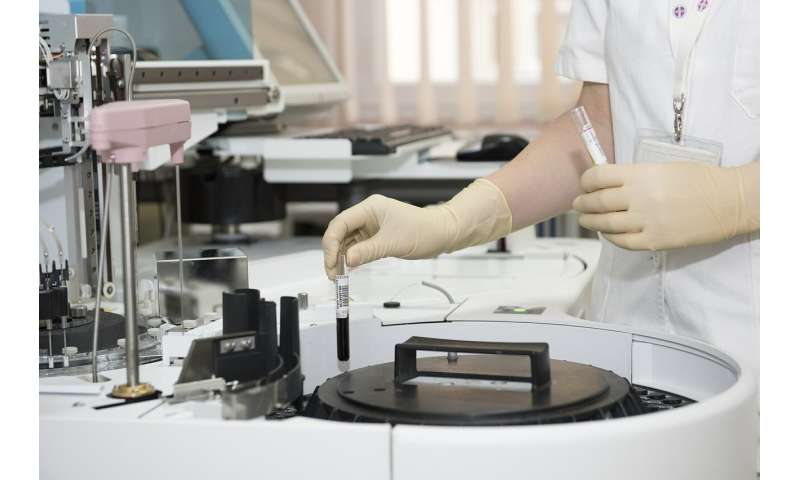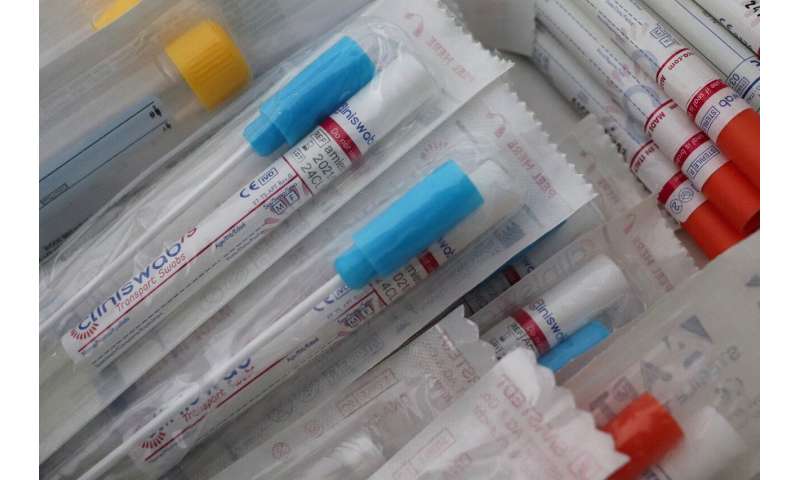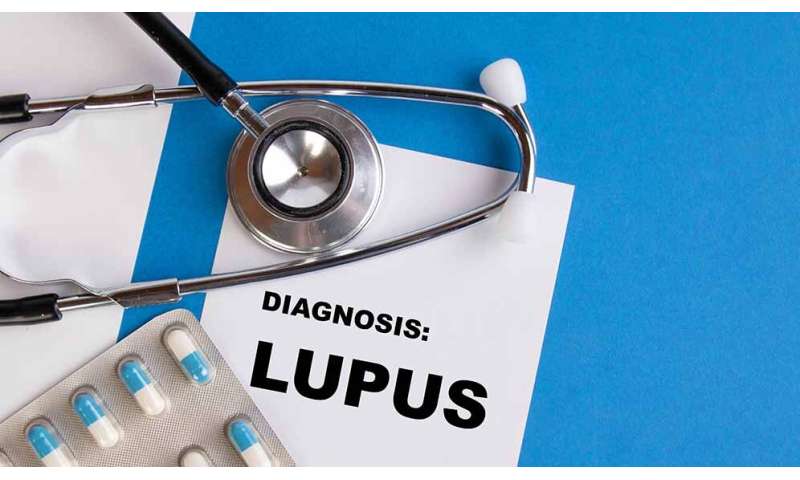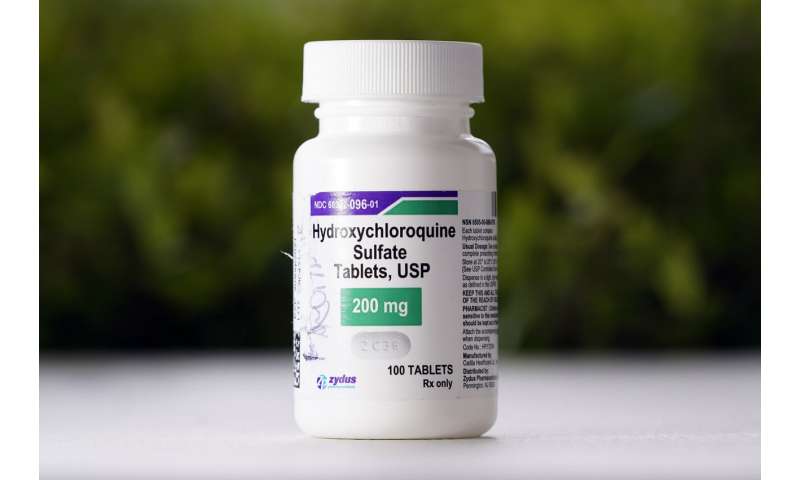IT'S SCIENCE FRICTION MONDAY
Massive U.S. contact tracing effort 'of critical importance'

Before the United States can reopen safely, a new workforce at least 100,000 strong should be in place to trace the contacts of people diagnosed with COVID-19, according to a report from the Johns Hopkins Center for Health Security and other experts.
A long-used public health tool, contact tracing aims to break the chain of transmission of a contagious disease by identifying and alerting those who may have been exposed to it. Traditionally, a trained contact tracer will interview an individual diagnosed with the disease to determine all of their recent contacts, then reach out to those contacts to provide further information—which may include a recommendation to self-quarantine. In the past, this meticulous strategy has been used to help control Ebola, SARS, sexually transmitted infections, and tuberculosis, among other communicable diseases.
With the global outbreak of COVID-19, public health experts believe contact tracing will be a critical step for containing the virus, alongside social distancing and widespread testing. Many countries have already deployed extensive contact tracing, including New Zealand, Iceland, Taiwan, Singapore, and South Korea.
The United States, too, is gradually ramping up efforts—including a new hiring surge funded by the CDC, a Google/Apple tech partnership, and a statewide program in Massachusetts. In New York, Gov. Andrew Cuomo is working with Bloomberg Philanthropies to launch a massive contact tracing program that will include online training from the Johns Hopkins Bloomberg School of Public Health.
"In the absence of a vaccine, we think this is really the big public health tool we have to control transmission of COVID-19," says Crystal Watson, a lead author of the new report and assistant professor in the Bloomberg School. "We need to push hard for this."
The report acknowledges that a contact tracing effort of this magnitude—"and of this critical and historical importance for the functioning and reopening of society"—is without precedent. In an interview with the Hub, Watson offered more insight on the significance of this approach and the challenges ahead.
Is contact tracing on the scale the report suggests achievable in this country?
It's going to take a lot of work and some imagination and probably changing the rules in some ways to do things differently—but I do think it's achievable. We're seeing that other countries have implemented contact tracing and are able to contain the virus at a relatively low level in their communities.
We're also seeing parts of the U.S. start to put this in place, so that's encouraging, but it's not enough. We need to hire what we believe is up to 100,000 people or more to complete this work. So what we need first is funding and commitment from the federal government and Congress, to really scale this up in a way that's required. Our report suggests the need to dedicate approximately $3.6 billion for state and territorial health departments to make contact tracing wide-scale.
What are the likely outcomes if we try to reopen the country without robust contact tracing in place?
We don't know exactly how many people are still susceptible to COVID-19, but we're relatively confident that it's a very large percentage of our population. So if we reopen and we don't have the capacity to find each case, isolate them, then trace their contacts and put them in quarantine, this virus will start to circulate widely again in our communities, and we will see again a big surge of cases, a surge of hospitalizations, and a surge of deaths. If we don't reinforce these measures, things may get a lot worse.
As the report notes, privacy protections in the U.S. may prevent aspects of contact tracing we're seeing in other countries. What are the implications of that?
The U.S. won't be able to replicate a contact tracing effort like the one in South Korea, for example, which can use medical records, phone GPS records, credit card transactions, and closed-circuit TV.
We need to have conversations here about how to sufficiently protect privacy in this context. But there has to be a balance between personal privacy and getting health departments the information they need to act quickly. The Google and Apple partnership [to offer Bluetooth-enabled apps to track potential exposure to COVID-19] is promising, but it's unclear how public health officials will be able to use that information. I don't think we've struck that right balance yet with the technologies that are out there.
As unemployment skyrockets, to what extent can contact tracing create a new source of jobs?
This is a huge workforce that we need to engage. It may include many types of people: public health experts, retired health care workers, but also people outside the field. Contact tracing is an intensive activity, but it doesn't take a lot of time to train staff. We need people who are meticulous, who can make people comfortable and treat the task with sensitivity. Fluency in different languages is also a plus because we need to reach all communities.
So I think this is a great opportunity to put people to work who have either been laid off because of the pandemic, or who otherwise just want to be directly involved in the response.
More information: A National Plan to Enable Comprehensive COVID-19 Case Finding and Contact Tracing in the US.
https://www.centerforhealthsecurity.org/our-work/pubs_archive/pubs-pdfs/2020/200410-national-plan-to-contact-tracing.pdf
https://www.centerforhealthsecurity.org/our-work/pubs_archive/pubs-pdfs/2020/200410-national-plan-to-contact-tracing.pdf
Provided by Johns Hopkins University








